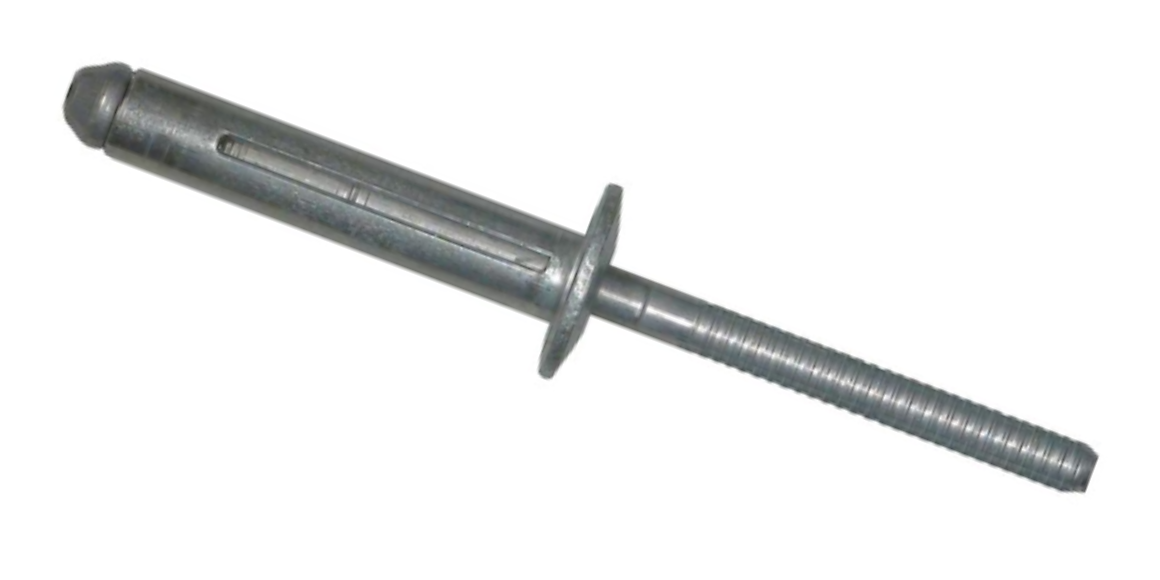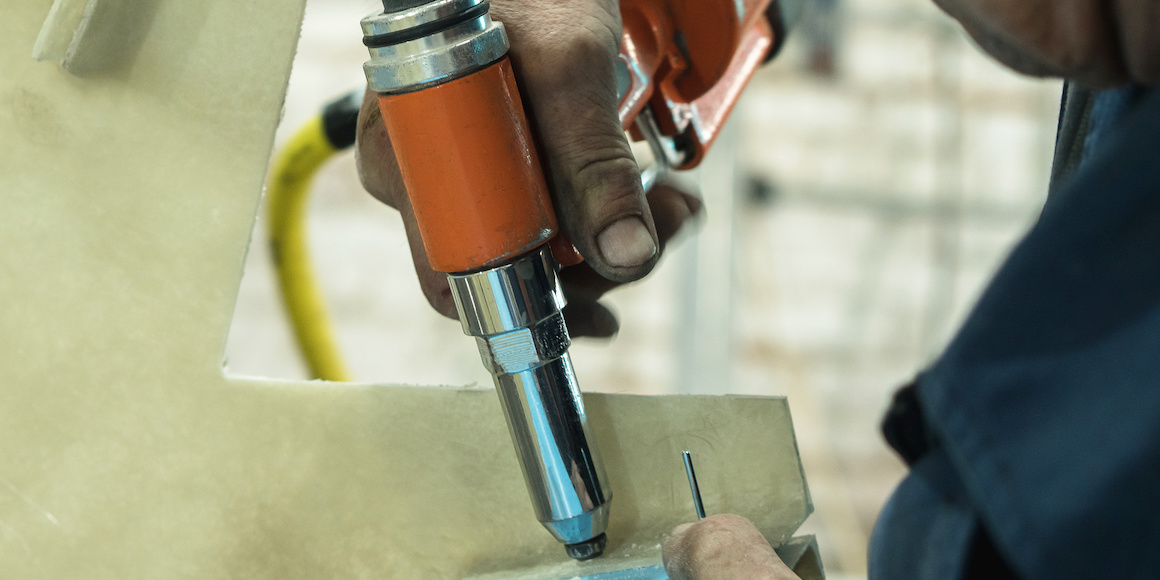When we think about constructing ships or airplanes, we may visualize large industrial equipment and machinery compiling sizable masses of metal. However, the smallest pieces of hardware can make a big difference in the functionality of these common commercial products.
Read MoreLooking for something specific?

8 Ways to Prioritize Safety in Workplace Management
On-the-job safety is everyone’s concern, but when maintaining a safe workplace or job site, it’s up to management to implement policies and procedures to keep everyone safe. Much of on-the-job safety stems from common sense, but without guidelines or protocols, common sense is not enough. Everyone needs to adhere to an established set of safety rules to promote an injury-free job site.
Read More
Pop Rivets vs. Blind Rivets: What You Need to Know
Blind rivets, pop rivets, POP® rivets—what’s the difference? In the world of fasteners, the subtle differences in hardware can make a huge difference to the success and quality of your project.
Read More
Rivet Nut Uses and Installation Tips
With some projects, finding a fastener that works with thin or brittle materials can seem impossible. This is where rivet nuts, which are also known as a blind nuts, blind rivet nuts, or threaded inserts, come in. A variation on the standard rivet, the rivet nut has a tubular round, splined, square, or hexagonal body that is internally threaded and counterbored. As a blind fastener, the rivet nut is installed in instances where only one side of the workpiece is accessible, making it incredibly versatile.
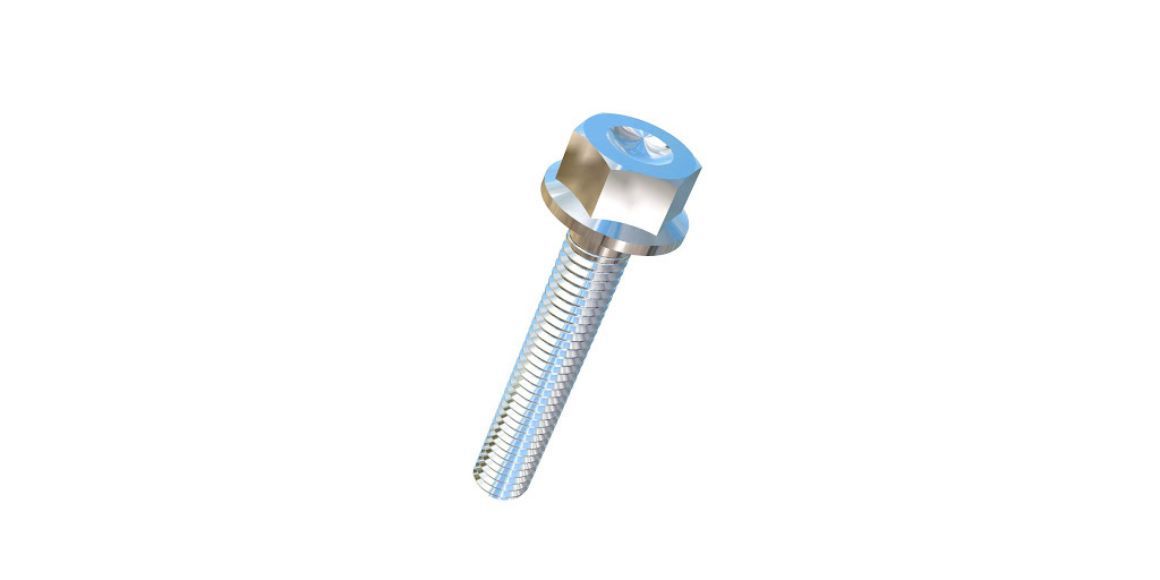
Titanium is the ideal material for long-lasting fasteners, and Allied Titanium is the leader in titanium fasteners. Allied Titanium has been designing innovative fasteners for more than 15 years. The company manufactures fasteners for applications such as boat making and marine applications, aerospace, and uses that require a strong and lightweight fastener. You’ll find Allied Titanium’s catalog of titanium fasteners on the Bay Supply Marketplace.
Read More
Rivets are designed to provide a permanent joint, but sometimes they have to be removed. Maybe a rivet was installed incorrectly or cracked during installation, or perhaps the rivet has started to corrode and needs to be replaced. When you have to remove a rivet, it pays to use the right rivet removal tool.
Read More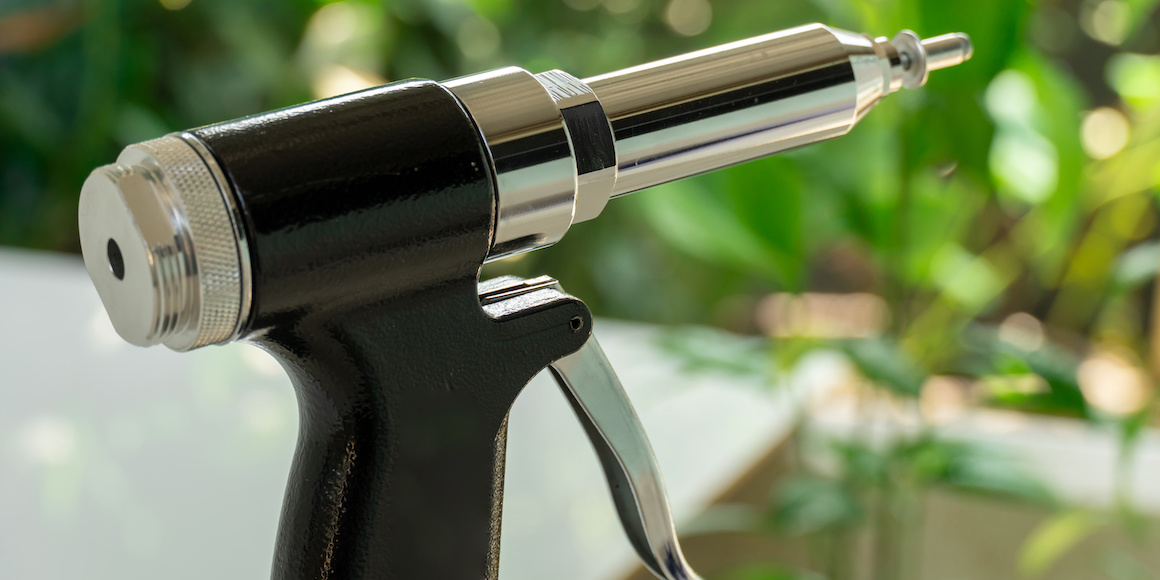
How to Use a Pop Rivet Gun
One of the most popular forms of blind rivets is pop rivets because they are easy to set and extremely strong. Pop rivets can be used for everything from construction applications to manufacturing to making lasting repairs. Pop rivets are effective in wood, metals, and even plastic, but you have to use a pop rivet gun to install them. There are different types of pop rivet tools, and it is important to choose the right tool for the application.
Read More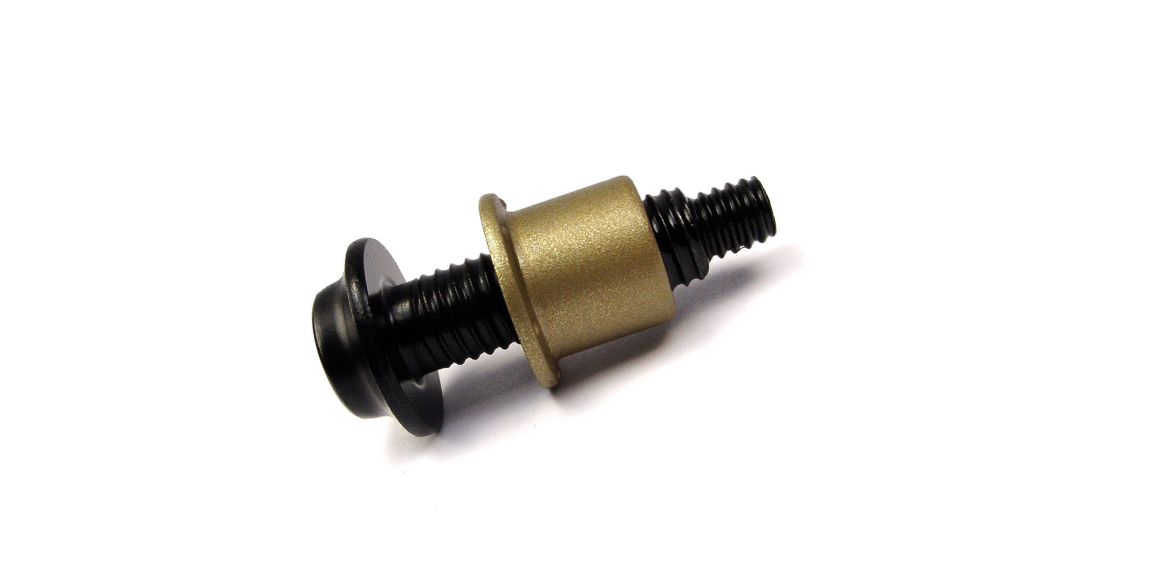
Traditional fasteners loosen under vibration. No matter how hard you tighten them, nuts and bolts will loosen with time if they are subjected to regular shaking. In order to solve the problem, engineers developed new types of vibration-resistant fasteners, so today you have a variety of fastener types from which to choose.
Read More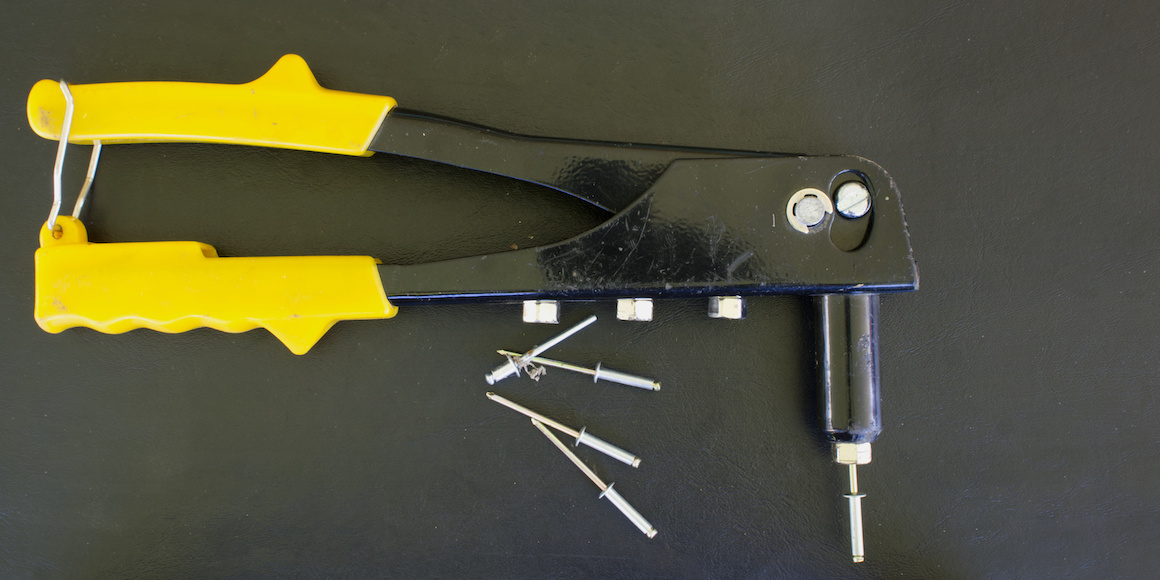
The Difference Between Open and Closed End Blind Rivets and Their Uses
Whether you’re installing an LED sign or repairing a boat, knowing the differences between open- and closed-end rivets is vital. Here are some of the crucial differences to be aware of so you can pick the right blind rivets for your job.
Read Morecurrent_page_num+2: 7 -

